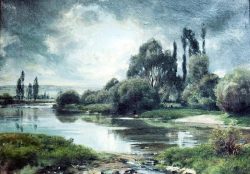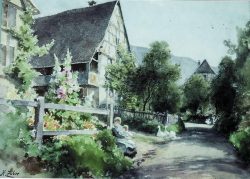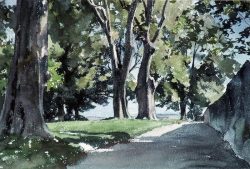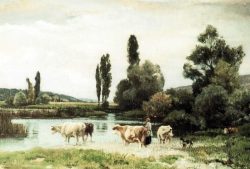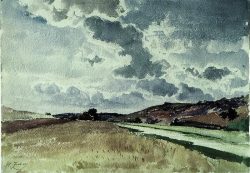Henri Zuber (1844-1909)
Henri Zuber was born into a grand Alsatian family and painted nature as well as being a great traveller. He first worked for the Imperial Navy and travelled around the world. When he came back from his extraordinary journey he became a painter and settled down in Paris. From then on he stayed in France and chose landscapes and other subjects for his work which bucked the thinking of the time.
First a painter
Henri Zuber was born in Rixheim near Mulhouse into the family of the famous manufacturer Jean Zuber and Co., celebrated for his large panoramic pictures. He was gifted in drawing, but chose the navy career under the influence of his parents. He was lucky to take part in the Far-East campaigns, which he never stopped describing, sketching and writing about. So he left some stunning pictures of 19th century China and Japan.
But his passion for painting led him to leave the navy and to become part of Charles Gleyre’s (1806-1874) studio. His real training as a painter started there, especially in oils, which, to him, were a new medium.
Living in Paris
He settled down in Paris and was deeply affected by both the defeat of France in 1871 – during which he defended the walls of the capital city at Mont Valérien – and by the Commune.
On 20 July 1871 he married Madeleine Oppermann, the daughter of Louis Oppermann, a protestant Parisian banker. Unfortunately she died a few years later, and he married Hélène Risler in 1883. He fathered seven children altogether.
He spent all his time painting. He painted in Paris, in the Ile de France region and travelled a lot. He settled down with his family for long stays during spring and autumn, in many different regions of France, but also in Switzerland, Holland and England.
His works
Throughout his career as a painter he exhibited pictures at the Salon des Artistes Français and at the Salon des Aquarellistes (Watercolourists) where he became a prominent figure ; his works can be seen in a lot of museums in France and abroad.
The sympathy he inspired, his friendly nature, his honesty as well as his talent won him many friends.
His study of the play of light, clouds drifting through changing skies, reflections on the water, gave constant inspiration to this acclaimed landscape painter.
The Old Masters he admired most were Claude Gellée, known as Le Lorrain (1600-1682), whose rendering of the sky in his large classic compositions he particularly enjoyed, and also English landscape painters like Constable (776-1837) and Bonington (1802-1828), an outstanding watercolourist, and also Dutch painters who mastered the everchanging landscape.
He also admired some of his immediate predecessors. He was mainly inspired by those who had studied nature and life in depth, such as Camille Corot (1796-1875) and Gustave Courbet (1819-1877). However he kept away from the painting revival as exemplified by the impressionists, his contemporaries.
Bibliography
- Books
- BLECH Denis, Henri Zuber : De Pékin à Paris, itinéraire d’une passion (1844-1909), Somogy, Paris, 2009
Associated notes
-
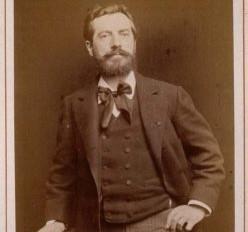
Frédéric Auguste Bartholdi (1834-1904)
The French sculptor was born in Colmar to an Alsatian Protestant family. He is well known for the famous Statue of Liberty (New-York and Paris) and for the Lion of... -

Félix-Édouard Vallotton (1865-1925)
-
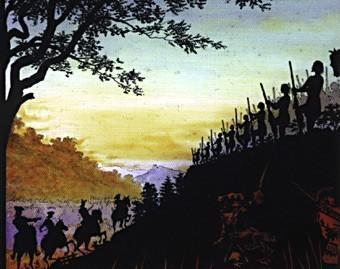
Samuel Bastide (1879-1962)
A painter and orator dedicated to keeping alive the history of Protestantism at the time of the Désert. -
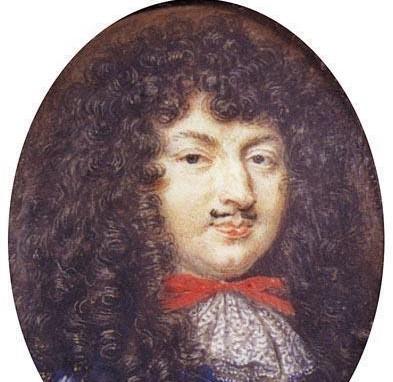
Samuel Bernard (1615-1687)
Samuel Bernard came from a Reformed Church family and was a key member of the group of Protestant artists who contributed so much to the XVIIth century. He recanted after...

